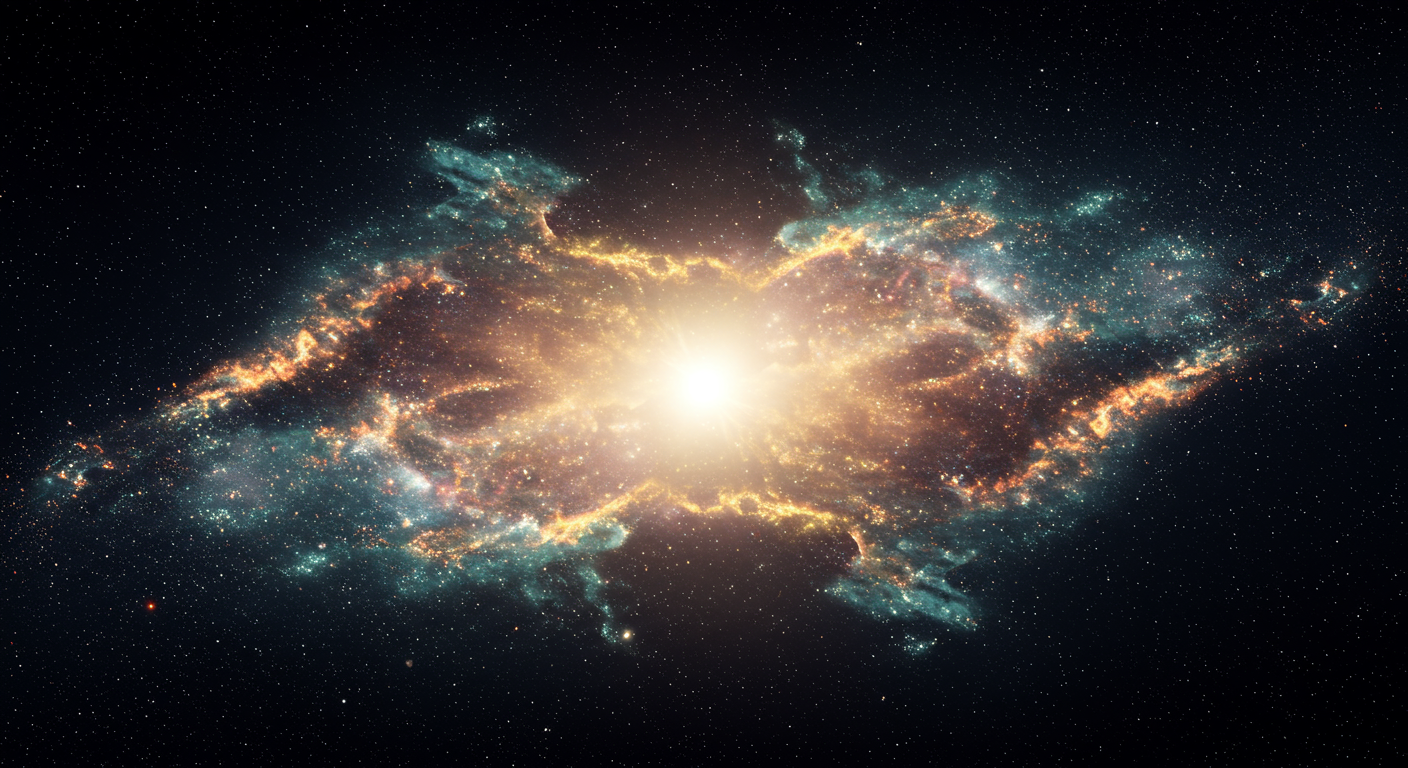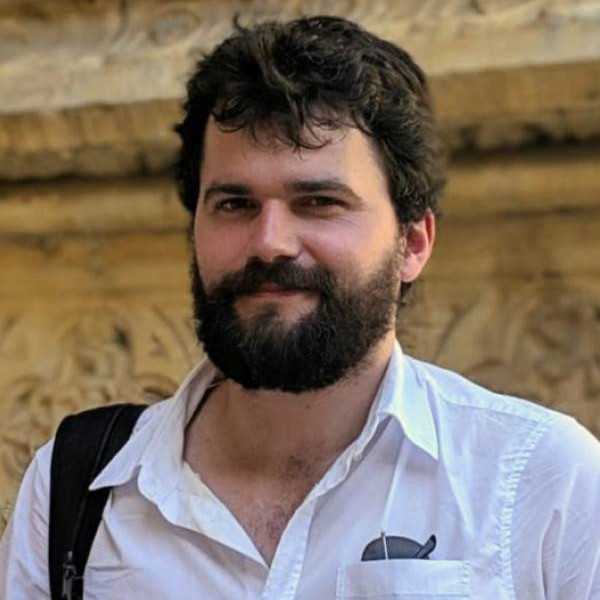On the spatial distribution of the Large-Scale structure: An Unsupervised search for Parity Violation

This blog post explores the research presented in “On the spatial distribution of the Large-Scale structure: An Unsupervised search for Parity Violation,” led by Samuel Hewson alongside Will Handley and Chris Lester. This study delves into the search for parity violations within the Large-Scale Structure (LSS) of the Universe, employing innovative machine learning methods inspired by high-energy collider analyses.
Motivated by recent claims of chirality detection using the 4-Point Correlation Function (4PCF) (2103.12345), which could imply new physics during inflation, this research aims to reproduce these findings using a more general approach. The traditional 4PCF method focuses specifically on four-galaxy configurations, limiting its sensitivity to certain types of parity violations. This new approach analyzes spatially localized regions, searching for underlying parity violations across all orders of N-point correlations.
The core of this research lies in the application of an unsupervised machine learning algorithm that optimizes an underlying parity-odd function of the data. This function, f(x), quantifies the parity asymmetry. By training a Convolutional Neural Network (CNN) to maximize the difference of f(x) from zero, the algorithm can identify parity-violating features without prior knowledge of their underlying cause. This approach has been successfully applied in diverse fields, from image classification to biological studies (2835.8856).
This study uses data from the Baryon Oscillation Spectroscopic Survey (BOSS) catalog, specifically the CMASS NGC sample. The data is treated as a field of points in three-dimensional space, and the algorithm searches for parity violations within this distribution. The researchers employed several variations of their method, including 2D and 3D convolutional approaches, as well as geometric analyses based on angles and vectors formed by galaxy groups. Rigorous testing with simulated datasets demonstrated the sensitivity and effectiveness of these methods in detecting parity violations.
Despite the power of these techniques, no statistically significant parity violation was detected in the BOSS CMASS NGC data. This contrasts with previous findings (1365.2966) and underscores the importance of accounting for potential biases, as highlighted in recent work questioning previous parity violation claims (2407.03397). This research advocates for the continued exploration of parity violation in the LSS with larger datasets from future surveys like Euclid and the Nancy Grace Roman Space Telescope. The application of more general methods, like those employed by Samuel Hewson and his colleagues, holds promise for a more comprehensive understanding of the Universe’s fundamental symmetries.



Content generated by gemini-1.5-pro using this prompt.
Image generated by imagen-3.0-generate-002 using this prompt.